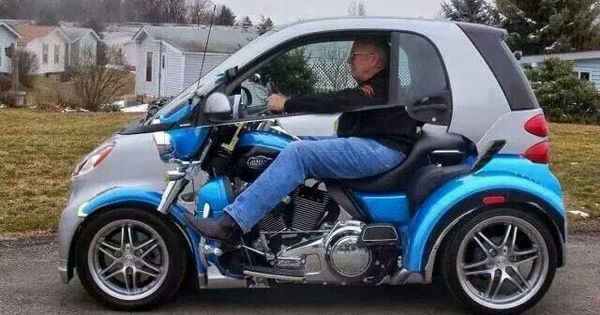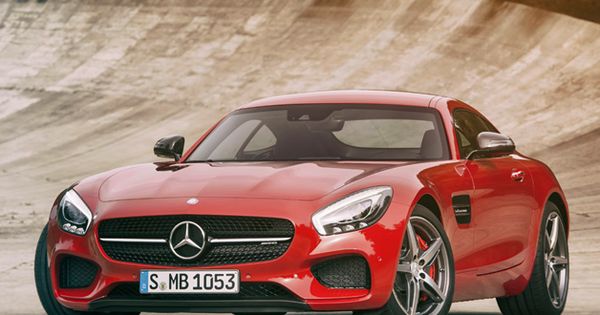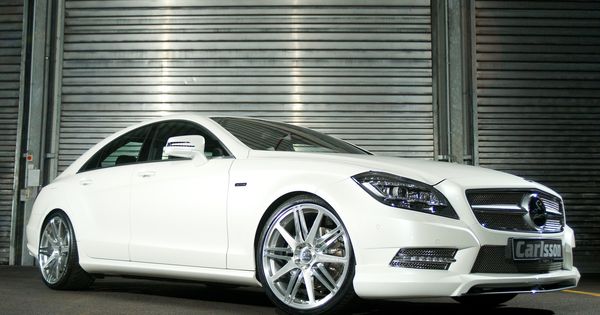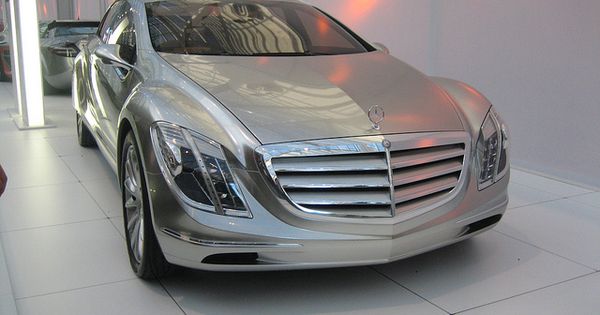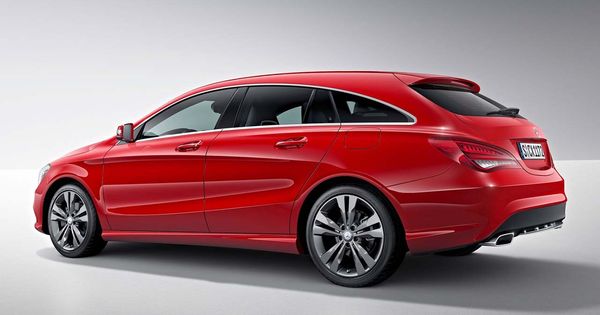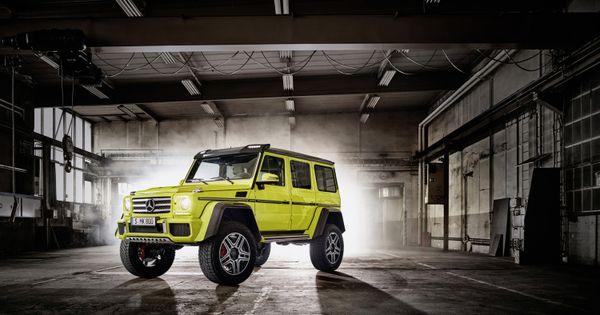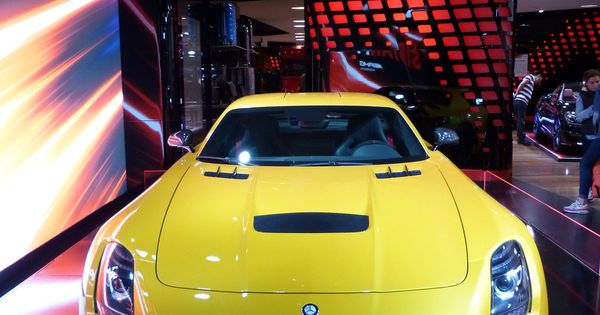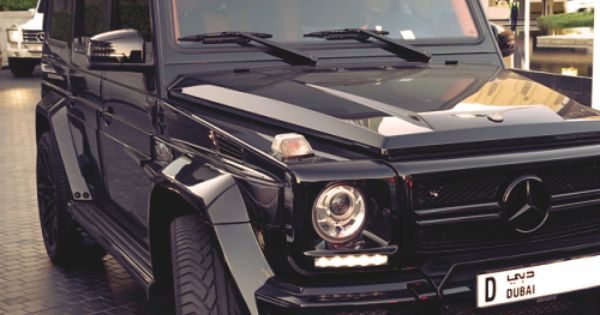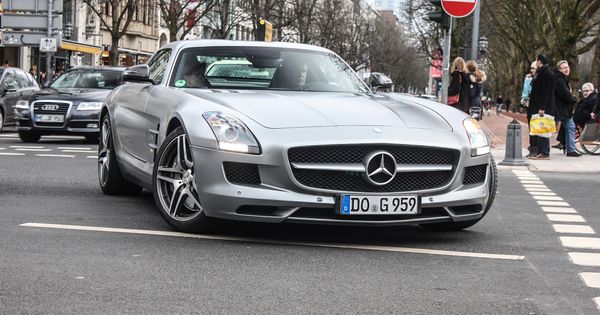Mercedes-Benz
History of this legendary brand started in 1900 when Emile Jellinek, representative of French department DMG (Daimler-Motoren-Gesellschaft) persuaded Wilhelm Maybach to call a new company`s car in honour of his daughter Mercedes. In 1902 the name Mercedes became an official trademark of the company.
The first model presented a racing car that gained victory in various sport competitions and was driven by Jellinek. He did it anonymously under the pseudonym of Mr. Mercedes. Besides, in 1903 he changed his surname for Jellinek-Mercedes. Jellinek faced the company DMG in 1890 when began to sell their cars. He constantly gave advice to the company management if found serious drawbacks in models. Thanks to his efforts more than a dozen of DMG cars were sold that meant an excellent result during those years.
In addition to cars the company started producing engines for motorboats and airplanes. In 1909 company`s activity was expressed in the famous logotype � three-beam star representing its domination of the land, the sea and the air. After the First World War in 1926 Daimler-Motoren-Gesellschaft and the company Benz & Cie founded by Karl Benz united. As a result, the company Daimler-Benz and brand Mercedes-Benz appeared. One of the simplest and recognizable logotypes in history - three-beam star in a circle became symbol of luxury and wealth. In those years the main engineer of the company became Ferdinand Porsche who was famous for creation of great sports and tiny cars. Two years later, he was replaced by less famous but not less talented engineer Hans Nibel.
Thanks to the merger the company managed to cope with problems of the postwar period and even improve its results. During the beginning of the Second World War the company switched to production of military cars. The first postwar Mercedes cars which presented small sedans appeared in 1946. By the beginning of 1950s the company launched production of luxury hand-assembling limousines. By the middle of 1980s the company was threatened by Japanese manufactures who deprived it of the market share but couldn`t place Mercedes-Benz under pressure. Besides, the company benefited from a healthy competition.
Nowadays Mercedes-Benz releases cars, vans, trucks, buses, all-terrain vehicles and small models. Many of these vehicles gained the reputation of being hard-to-destroy models. Plants of Daimler also produce midget cars under the other brand � Smart.
